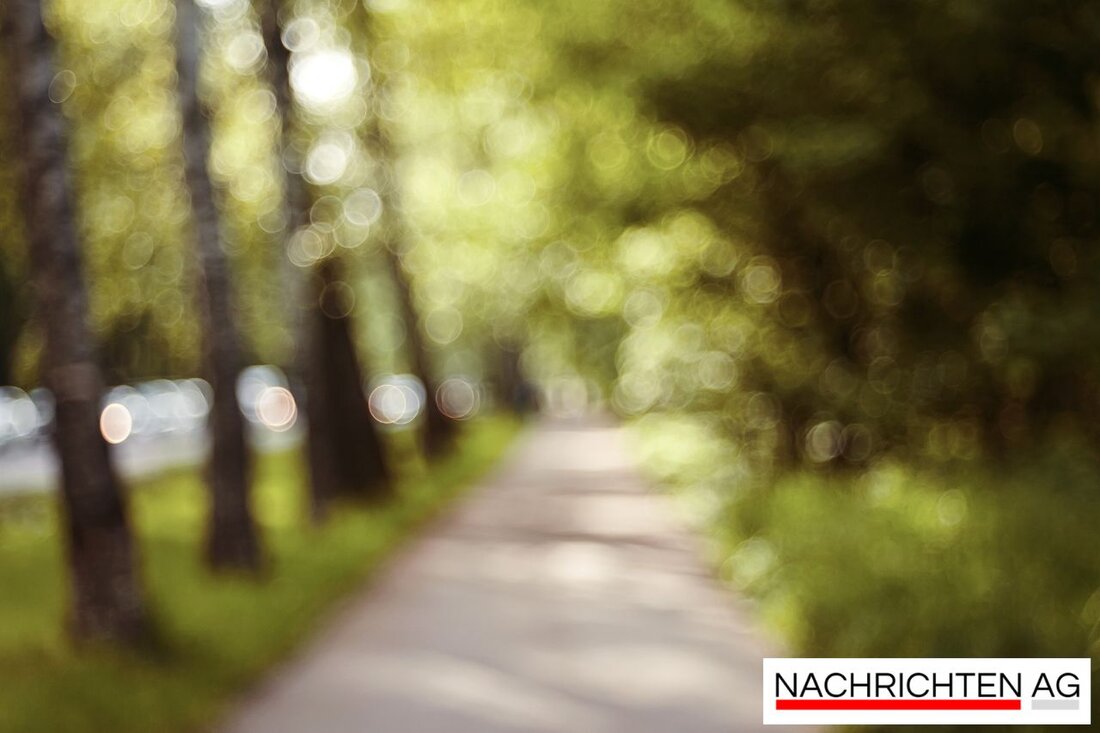Martin Luther's over 500 -year -old cowl needs her support!

Martin Luther's over 500 -year -old cowl needs her support!
In the heart of Wittenberg there are news that makes both history friends and cultural enthusiasts listen to: the historic Lutherkutte in the Lutherhaus is facing comprehensive restoration. This over 500 -year -old cowl, made of thick woolen fabric, has had its place in the city since 1983 and is currently part of the special exhibition "Literally Luther. Facets of a reformer" in the Augusteum. With the purpose of preserving the cowl for future generations, the Freundeskreis of the Luther Museums, in cooperation with the Rotary Club Lutherstadt Wittenberg, launched a fundraiser to collect funds by the end of 2026. According to MDR, an amount of around 12,000 euros is required.
But what is behind this restoration measure? A careful protocol on the current state of the cowl is created at the beginning. The wool fabric has lost strength over time and shows cracks. The aim of the restoration is not to make the cowl appear like new, but to secure the material sustainably and to leave age in a natural way. In addition, a special figure is developed that helps to distribute the weight of the cowl evenly and optimize the presentation.
important place of the Reformation
The restoration of the cowl is not the only measure carried out in the Lutherstadt Wittenberg. The Lutherhaus, in which Martin Luther lived from 1508 to 1546, is currently being renovated and rebuilt energetically. The original house, a Augustinian monastery, now houses the largest museum on the history of the Reformation. Here the Lutherstube, Luther's living space, has not been restored since the 1960s. In recent years, however, it has been discovered that parts of the historical equipment were contaminated by unsuitable wood preservatives. Thanks to the support of the Rudolf-August Oetker Foundation, the financing gap could be concluded, so that the necessary restoration work completed on time for the reopening of the museum in March 2017 were.
In the future, the restored Lutherkutte will be prominently presented in the new permanent exhibition of the museum, which is planned for 2027. Sigrid Bias-Engels, the chairwoman of the Freundeskreis, is optimistic that the necessary funds will come together by the end of 2026. Cooperation with the Rotary Club represents a strong supporter in the challenging period of money procurement.restoration: a little science
Restoration of this kind not only require manual skills, but also well -founded knowledge of textile restoration. In addition to historical textiles, the department also looks after many other objects and always has to face new challenges. The resources of the German Historical Museum show that the versatility of the materials and the three -dimensionality of many objects require special care in storage and presentation. When working on historical substances, protective measures must also be taken into account in order not to damage the objects that are often contaminated with biocides.
All of these factors underline the high priority that the careful restoration and preservation of cultural heritage has. Wittenberg remains a place where history stays alive and where future generations can also enjoy the roots of the Reformation. The planned restoration of the Lutherkutte is another step to preserve this heritage and to present it dignified.
| Details | |
|---|---|
| Ort | Wittenberg, Deutschland |
| Quellen | |
